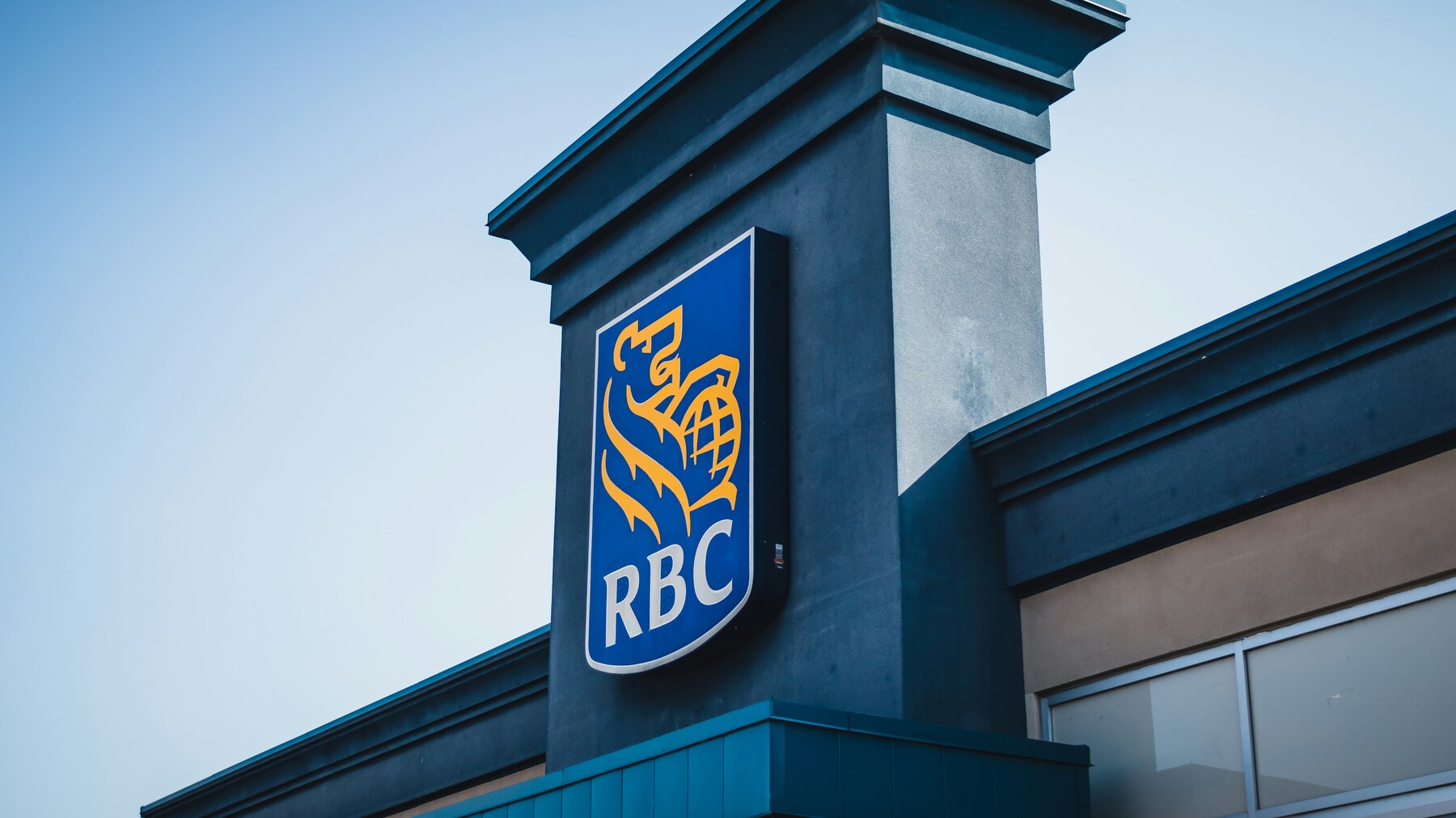If you live in Canada and spend part of your time in the United States—or you’re planning a move, buying property, or conducting business across the border—you’ve probably come across the term RBC cross border banking. But what exactly is it, and how can it help you manage your finances in both countries?
In this guide, we’ll walk you through everything you need to know about RBC’s cross-border services, how they work, who they’re ideal for, and what alternatives you might want to consider for saving on fees and getting the best exchange rates.
What is RBC Cross Border Banking?
RBC cross border banking is a service offered by the Royal Bank of Canada that lets Canadians open and manage both Canadian and U.S. bank accounts. It’s designed specifically for Canadians who:
- Frequently travel or work in the U.S.
- Spend winters in the U.S. (snowbirds).
- Own or plan to buy U.S. property.
- Have family, education, or business needs across the border.
The goal is to make it easier to handle U.S. and Canadian finances from one platform, reducing friction when sending money between countries, accessing cash, or using credit cards and other banking products.
Key Features of RBC Cross Border Banking
RBC offers a suite of tools and products for Canadians managing U.S. finances, including:
- Dual currency accounts: Access both CAD and USD accounts with the same bank
- Instant cross-border transfers: Move money between your Canadian and U.S. RBC accounts in real-time
- U.S. credit cards: Qualify based on your Canadian credit history (no U.S. credit file required).
- Mortgage and lines of credit options in the U.S.: RBC offers U.S. financing using your Canadian credit score.
- Cross-border debit access: Pay bills, make purchases, and access withdrawals using U.S. funds.
You can also enjoy perks like discounts on cross-border services and integration with RBC’s online banking in the mobile app for easier management.
Don't Waste Money With Banks.
Get Exchange Rates Up to 2% Better With KnightsbridgeFX
What You’ll Need to Apply
Opening a U.S. RBC account as a Canadian resident is relatively straightforward. To apply, you’ll typically need:
- A valid Canadian passport or driver’s license.
- Your RBC Client Card (if you’re already an RBC customer).
- Your Social Insurance Number (SIN) and/or U.S. Social Security Number (SSN).
You can apply online, by phone, or at a participating branch. RBC also offers dedicated cross-border specialists to walk you through the process.
Understanding the Costs
While RBC cross border banking can be convenient, it’s important to understand the fees involved:
- Monthly fees: U.S. checking accounts usually start around $3.95 USD/month.
- Transaction fees: After a certain number of debit transactions, you may pay per use.
- Currency conversion markups: Like most banks, RBC adds a margin to the exchange rate.
- Foreign transaction fees: These may apply when using Canadian cards in the U.S. or vice versa.
If you’re using a Canadian RBC Bank Visa in the U.S., for example, you might be charged a 3% foreign transaction fee, plus additional foreign currency conversion costs depending on the card type.
How RBC Credit Cards Work for Cross-Border Use
RBC offers U.S.-based credit cards like the Visa Signature Black and Visa Signature Black Plus, which are designed for Canadians. These cards:
- Require no U.S. credit history to qualify.
- Offer rewards in USD or RBC Avion® points.
- Avoid U.S. transaction fees.
- It may still include currency conversion costs when used internationally.
These are great if you frequently shop, dine, or travel within the U.S., since they help avoid surprise charges from using Canadian credit cards abroad.
Is RBC Cross Border Banking Right for You?
This service is ideal if you:
- Regularly move money between Canadian and U.S. accounts.
- Spend extended periods in the U.S.
- Want U.S.-based credit without building a new credit history from scratch.
- Need a U.S. mortgage or loan with your Canadian credentials.
However, if you’re mostly looking to transfer funds between the U.S. and Canada without needing ongoing account management, you might benefit more from a specialized currency exchange provider.
Alternative to RBC: Save More with KnightsbridgeFX
While RBC’s cross-border platform is convenient, it’s not always the most cost-effective option for currency exchange.
At KnightsbridgeFX, we help you:
- Send CAD to USD (and vice versa) at rates up to 90% lower than traditional banks.
- Avoid hidden fees and retail rate markups.
- Access expert support for larger transfers (real estate, tuition, business).
- Make seamless wire transfer transactions for large or recurring needs.
We’re a trusted Canadian provider focused solely on currency exchange, so if you want to avoid the retail exchange rates used by banks and get the best value for your cross-border money transfers, we’ve got you covered.
Final Thoughts
RBC cross border banking is a strong option for Canadians with long-term U.S. financial needs, especially if you’re living part-time in the U.S., managing assets on both sides of the border, or applying for loans and credit in the U.S.
However, if you’re seeking a more cost-effective way to convert CAD to USD, avoid unnecessary fees, or transfer money between countries, consider KnightsbridgeFX as your go-to partner.
Need to Transfer Money Between Canada and the U.S.?
Let us help you exchange at the best possible rate. Contact KnightsbridgeFX today to get started or to speak with a currency exchange expert.

